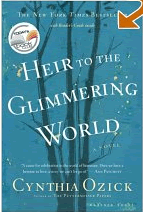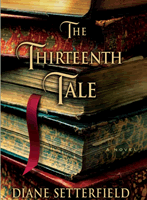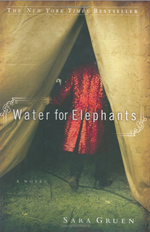Everything is Miscellaneous

In the book, author David Weinberger is discussing how we think about and organize knowledge, and about how the internet is changing the way we do that. He starts by discussing the hierarchical nature of traditional organizing schemes (what he calls first and second order schemes) like the Dewey Decimal System, and Linnaeus’ taxonomic scheme of organizing the natural world, and then examines some of the flaws with those systems. Among them: Dewey isn’t flexible enough to account for new knowledge or allow changes in categorization (libraries would have to move and relabel all of their books) and doesn’t allow books to be located in more than one spot in the system (the history of military cooking is an example of a problematic book). Linnaeus’s taxonomy forces us to make rigid decisions about what fits where, when there are grey areas in between. Both systems are authoritarian in nature; neither allow for additions or contributions by lay people who might possess knowledge the system authors do not. My paraphrasing of his ideas is pretty simplistic here, and I’m leaving lots out, unfortunately.
Weinberger then examines what he calls the “third order” organizational scheme that the internet has given rise to – hyperlinking and tagging are examples. Hyperlinking, of course, allows anyone creating a page to associate any idea to any other by linking pages together. Tagging allows people to create their own robust systems of metadata about a piece of knowledge by “tagging” it with words they associate with it – excellent examples are sites I use every day to do that very thing – Flickr, where I describe my photos using tags, Del.icio.us, where I bookmark links and tag them with descriptions. Systems like these are democratic in nature (anyone can provide tags that mean something to them), flexible enough to accomodate grey areas and restructuring, and allow a one-to-many association of ideas.
It’s a thought-provoking book for me because I’ve pondered some of the same flaws in hierarchical systems while organizing my graphics, photos, personal design work, blog entries, fonts, library catalog and my library itself, and I want to buy a copy and re-read it thinking about my own systems specifically. I’m hopeful that I can solve many of my long-standing doubts about my approaches to those systems – the biggest being that list of topics over there in the right column of this site.
Incidentally, the problem with first and second order organization schemes is exactly what I’ve been frustrated with and trying describe the flaws of in my rants about how Movable Type treats templates for category pages.
David Weinberger was also one of the authors of another book I found very thought-provoking years ago: The Cluetrain Manifesto (a book I wish we’d paid more attention to at work, frankly) and his website/blog is also a great regular read.
Weinberger spoke recently to the employees of Nature.com about his book and about the web; here are the notes from a fellow who attended that lecture.
Weinberger has been thrust into the debate with Andrew Keen, a former technophile who recently wrote a book about his change of beliefs, for a variety of complex reasons. Weinberger comments on Keens book and numerous public appearances at Huffington Post, and that was a really interesting read as well.


